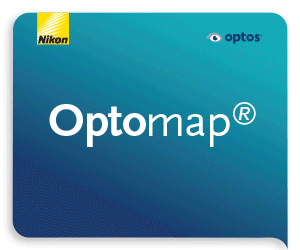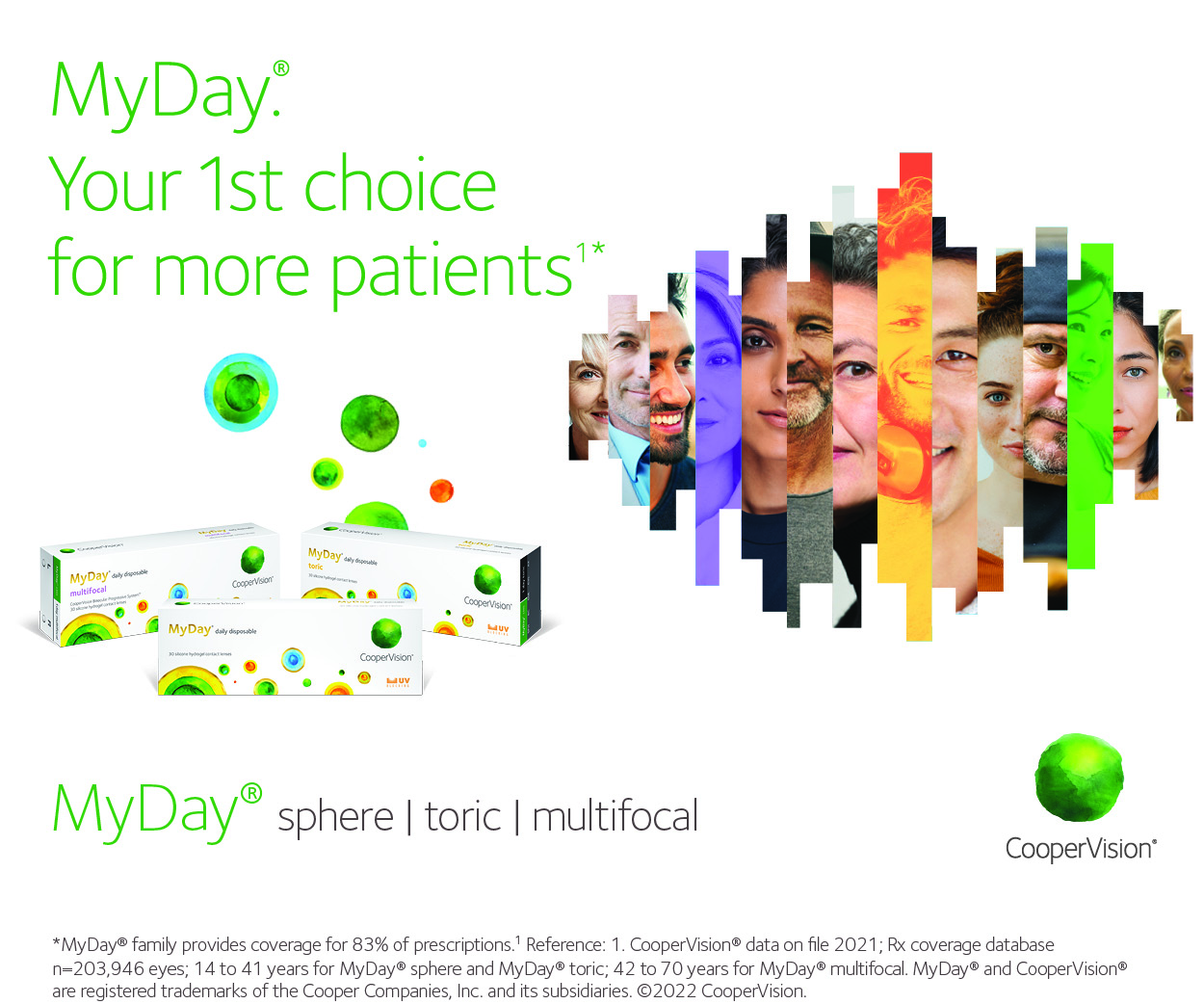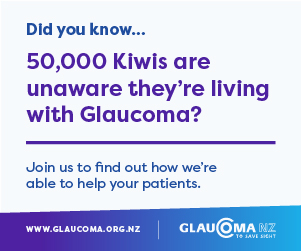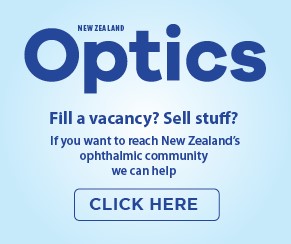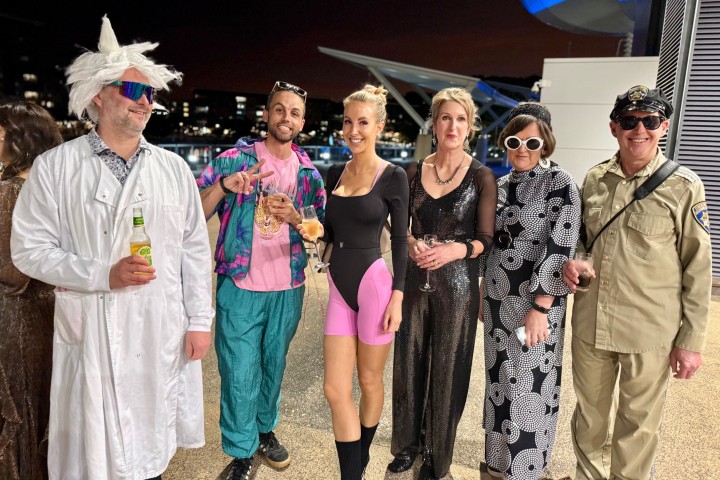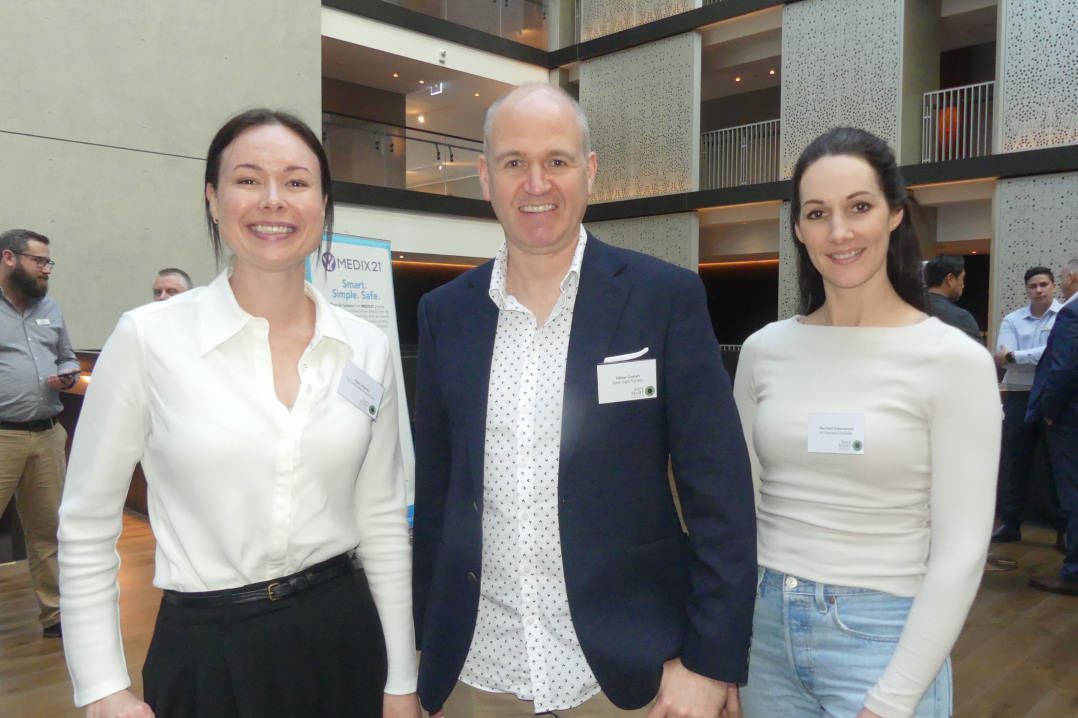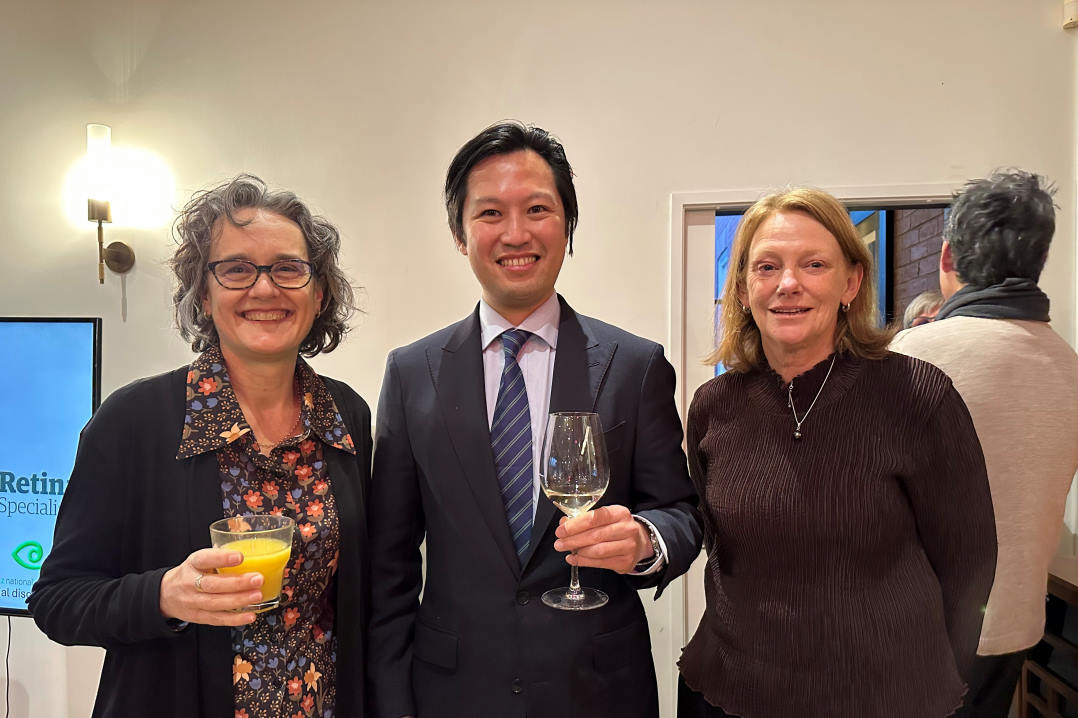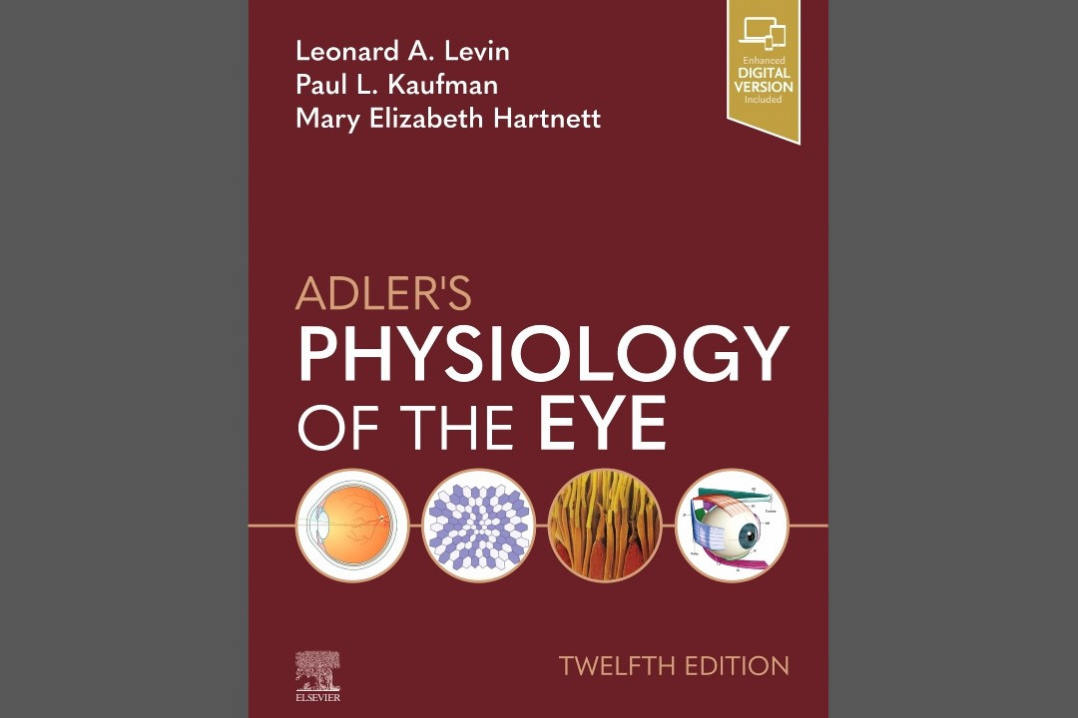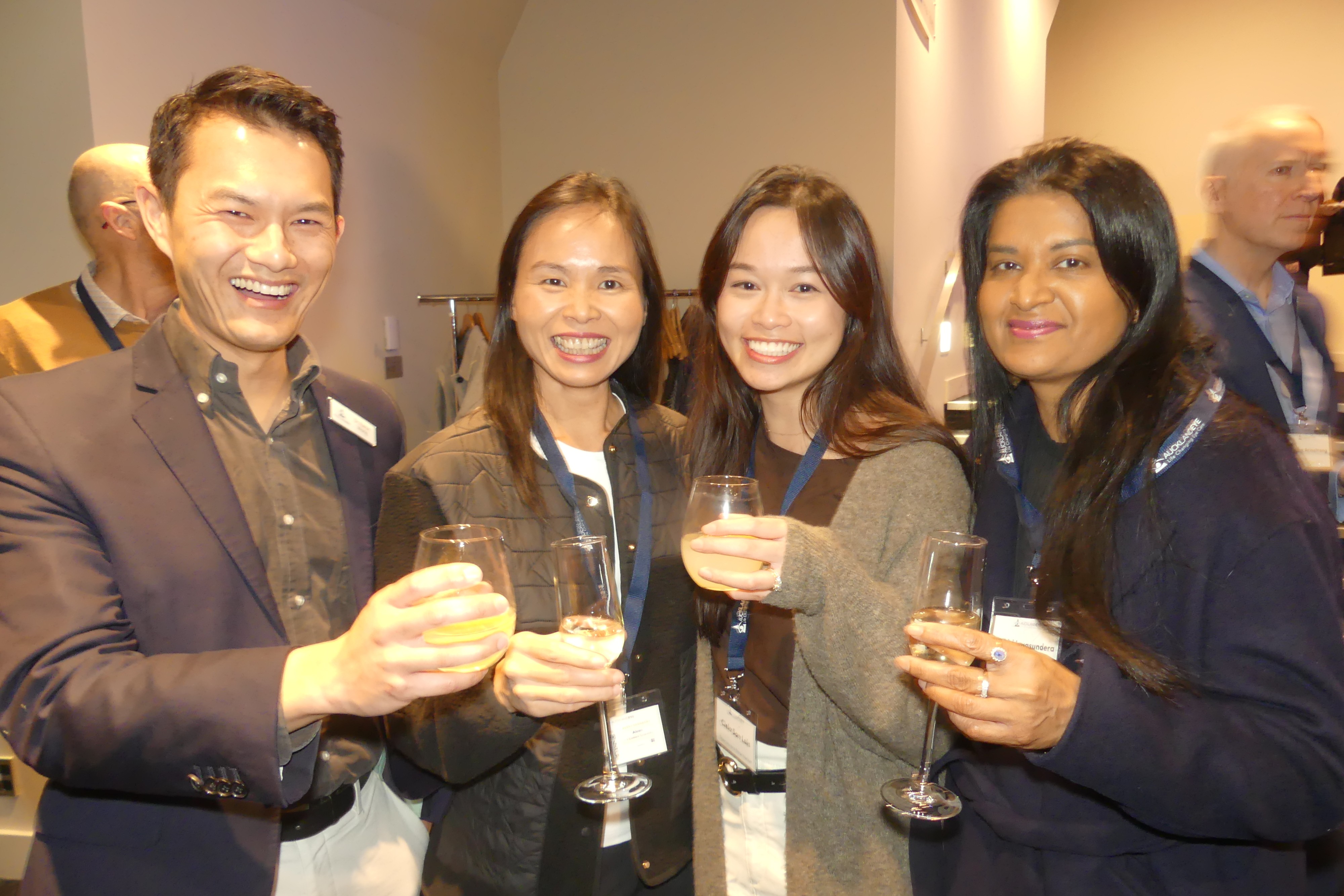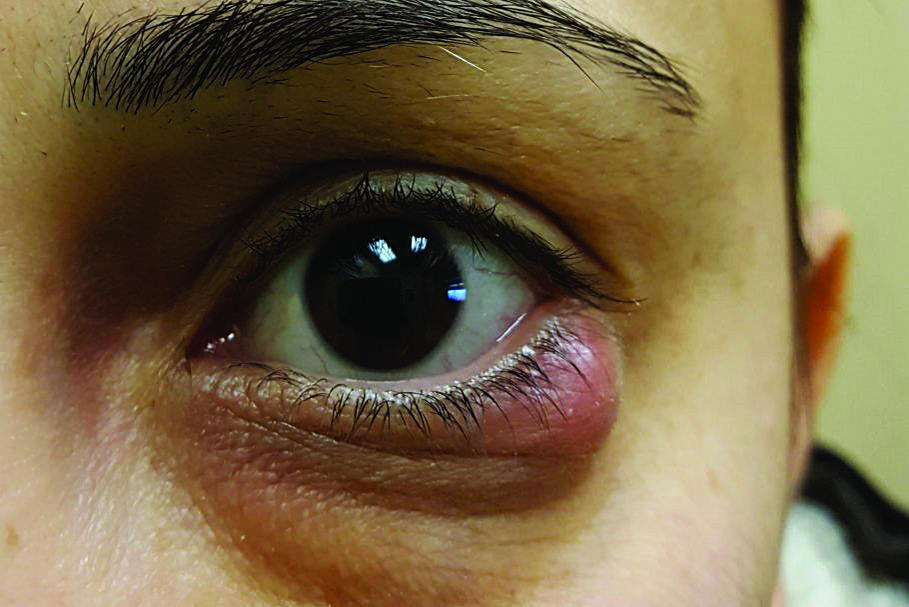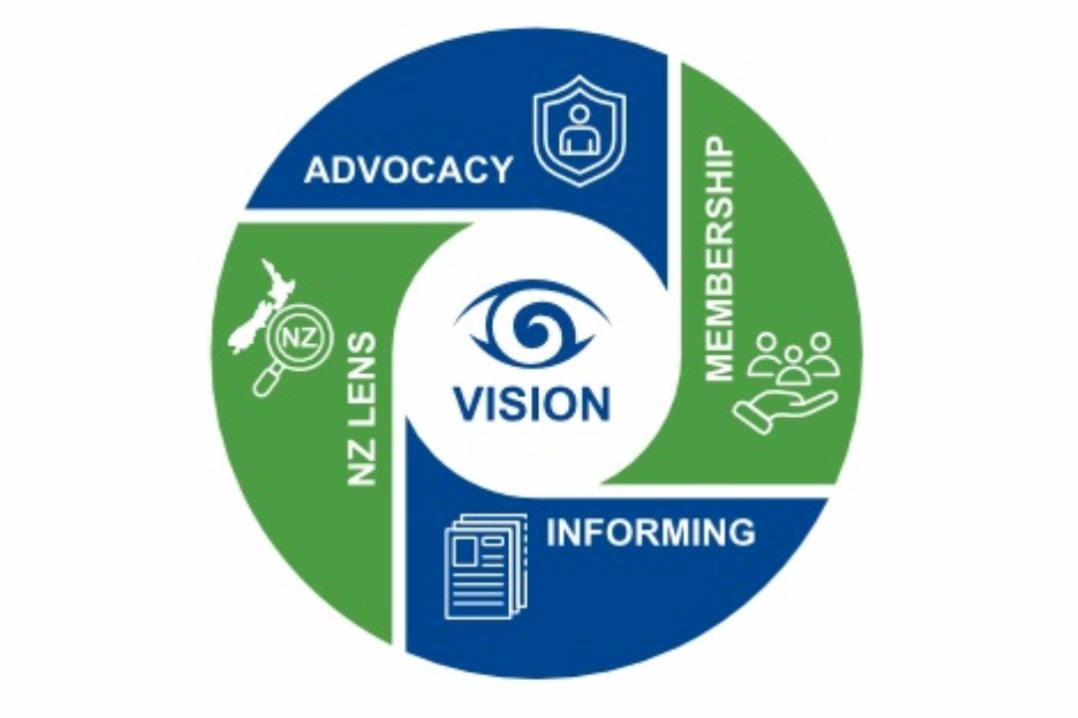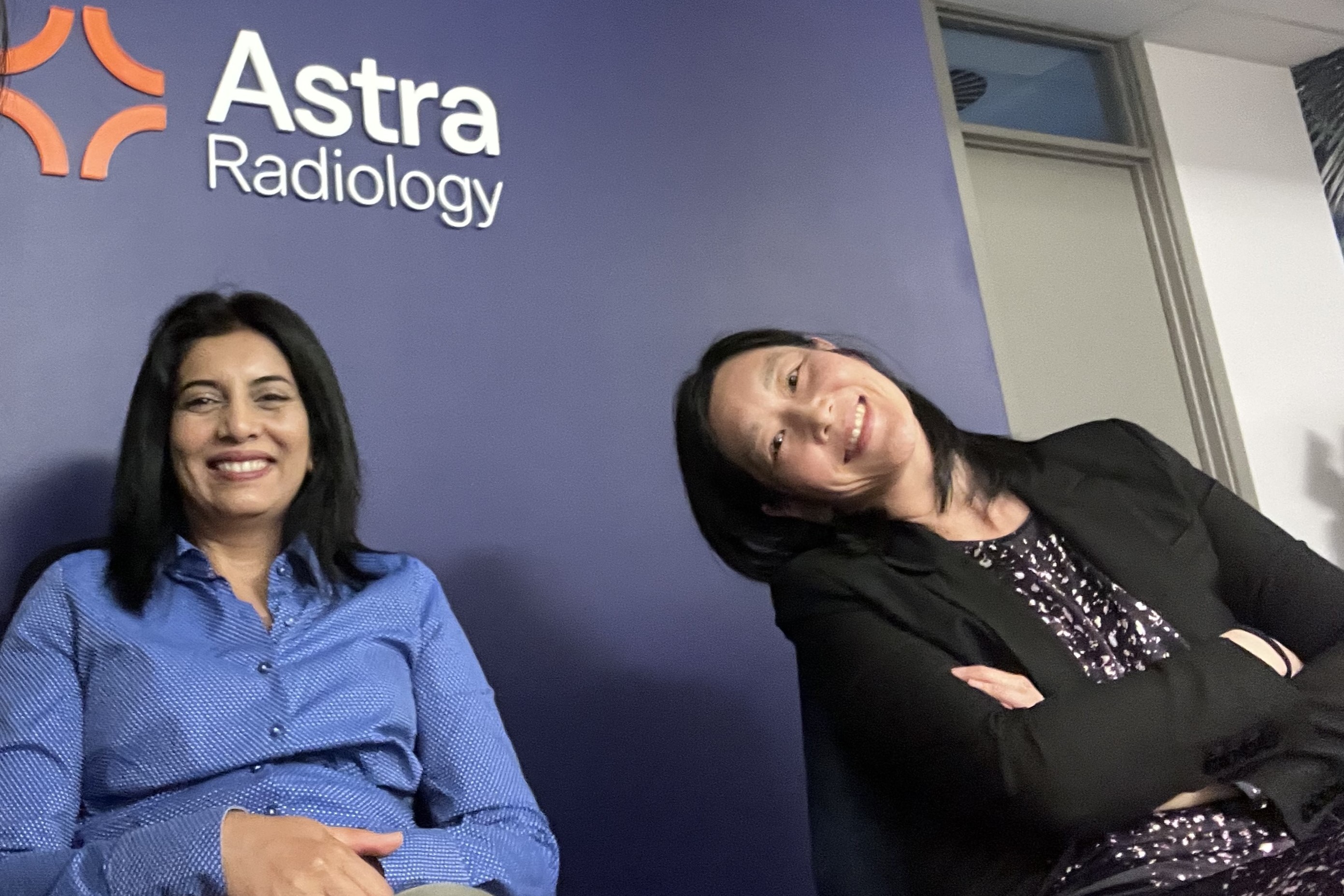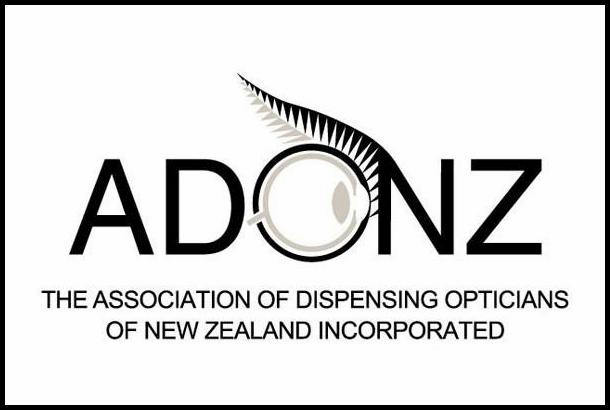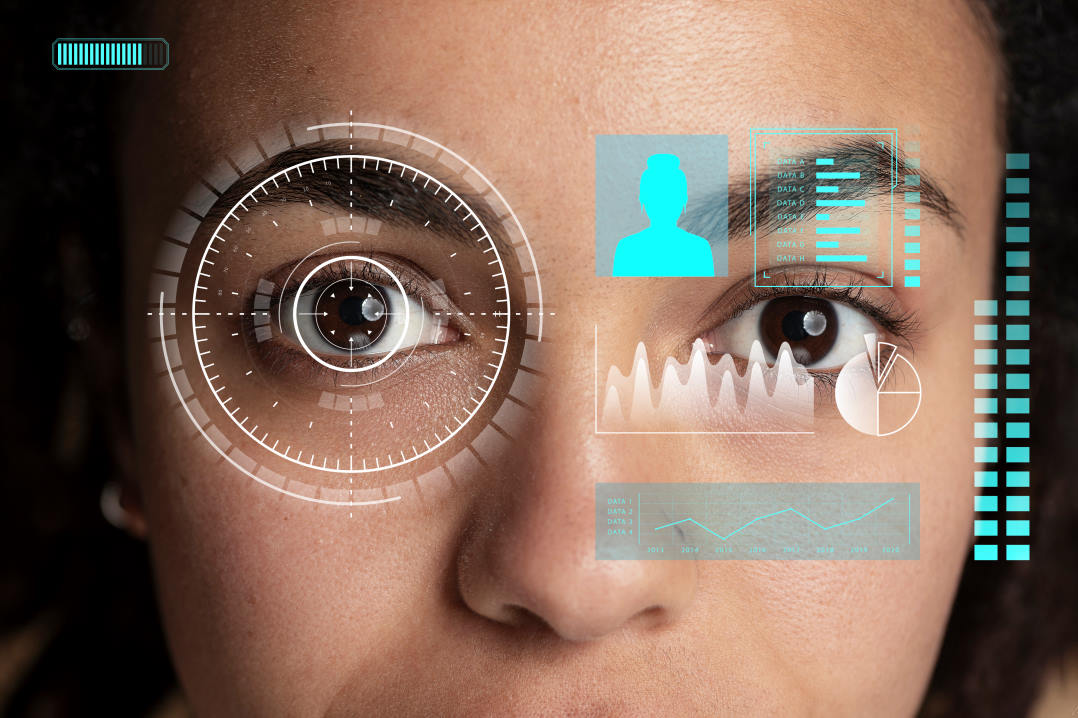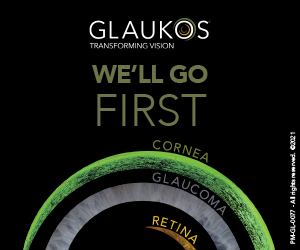Pilot boosts support for patients with vision loss
A pilot involving Blind Low Vision NZ (BLVNZ) and six Specsavers stores demonstrated that strengthened referral pathways increase access to support for people living with low vision or blindness.
The collaboration focused on improving optometrists’ awareness of services and support beyond clinical care and included webinars, monthly newsletters and in-store educational presentations delivered by local BLVNZ teams.
During the 12-month pilot, 109 patients were referred to BLVNZ, representing a significant increase compared to previous years and compared to stores that didn’t participate in the pilot. All patients were successfully registered with BLVNZ and received tailored support based on their needs and goals, Specsavers said.
The pilot showed that when optometrists are confident in the services available and have a streamlined way to refer, patients are more likely to be connected with support, said Marika Fiolitakis, head of referrals and registrations at BLVNZ. “Most referrals were submitted using the online form, which ensured complete patient information and enabled timely follow-up. Feedback received during the pilot will inform future improvements to the form’s usability, including how to make the process more efficient in busy clinical settings.”
What stood out was not just the number of referrals, she said, but the profiles of the patients referred. “Many patients had long-standing vision loss, with diagnoses such as albinism, retinitis pigmentosa, or chronic diabetic retinopathy. In some cases, these individuals had been under ophthalmological or optometric care for years without having previously connected to BLVNZ. Their referral during the pilot suggests that patient needs change over time and individuals may be more receptive to support at different points in their vision-loss journey.”
Dr Ben Ashby, Specsavers ANZ’s clinical services director, said the results highlight the critical role optometrists can play in improving patient health outcomes. “When optometrists are equipped with the right knowledge about patient support bodies like BLVNZ, they can make a profound difference in their patients’ lives. The pilot was all about recognising that our role doesn’t end after the patient leaves the testing room – we can be the bridge to life-changing support.”
Understanding what BLVNZ offers is key to helping our patients thrive, agreed Helen Haslett, an optometrist partner at Specsavers Masterton who took part in the pilot. “Referring patients to BLVNZ has become an essential part of my practice. Their support transforms lives, not just through vision aids, but by restoring independence and confidence. One memorable case was a 92-year-old woman who had declined registration for three years. After BLVNZ came to our store and gave a presentation to our team as a part of the pilot, I gained a deeper understanding of their services and was able to ask the right questions to uncover her needs. She agreed to register and at her six-month review, she was thrilled. Her Alexa device now helps her manage daily tasks and a magnifier lets her continue reading The Listener magazine she loves.”
During the pilot, accessible technology was a significant area of interest, BLVNZ said, with 47% of referred patients accessing services relating to the use of devices, voice assistants, or accessing information digitally. Magnification and reading support were also popular, while other services requested included glare management, daily living skills, mobility training, funding and peer and employment support.
Close to 10% of referrals were for people who had previously engaged with BLNZ, highlighting the value of re-referral when vision or circumstances change, Fiolitakis said. “BLVNZ has since introduced a client reconnection preference. At the completion of their initial service, clients can now choose between proactive follow-up from BLVNZ in three, six or 12 months, or opt to reconnect when they’re ready.”
The pilot offered a timely reminder not to overlook those with significant vision loss, she concluded. “It’s easy to focus on the clinical side of an eye exam – updating glasses, managing treatment plans, or deciding on referral to ophthalmology – but we also need to understand how vision loss is affecting someone’s everyday life. Those with long-term or severe vision loss may not realise what support is available, or that new options exist. Technology, peer support and funding pathways are continually evolving. Accessing the right help at the right time should never be a barrier.”




